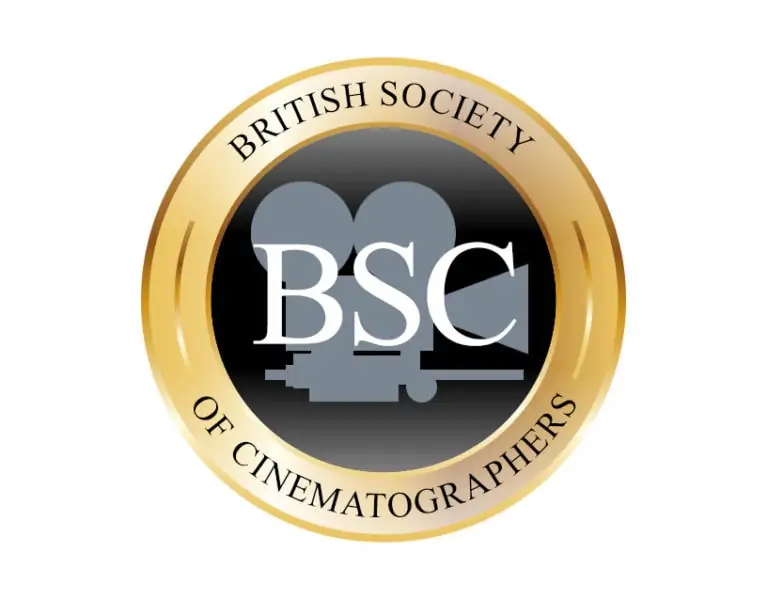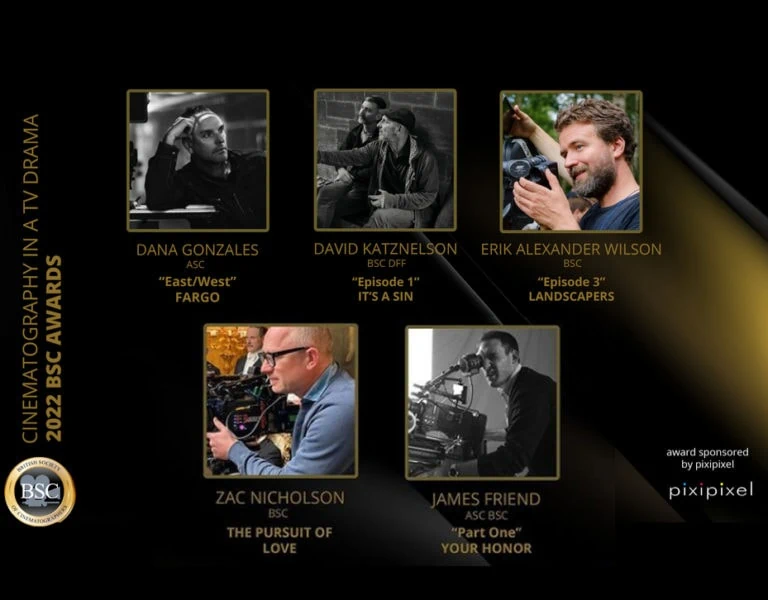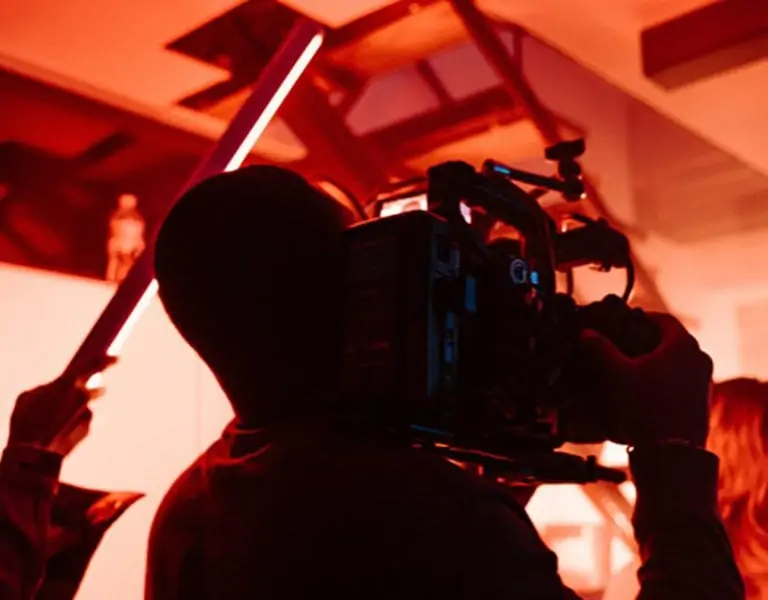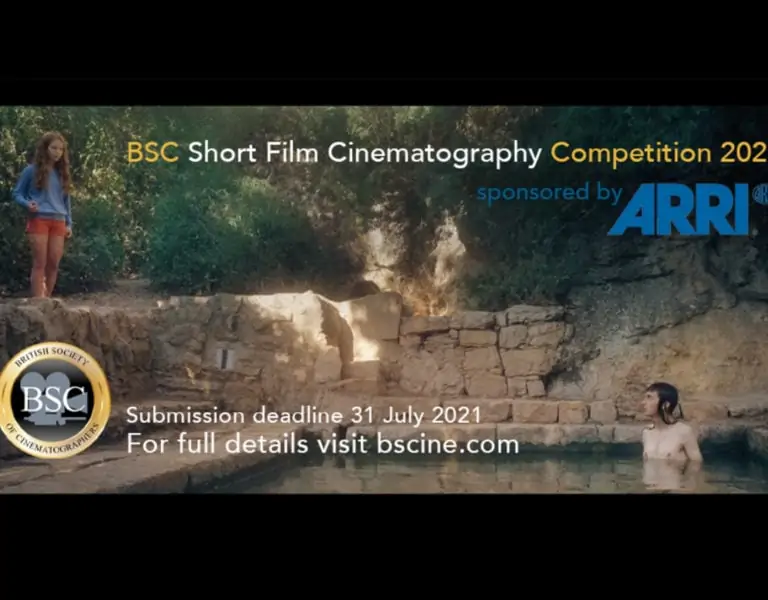Past, Present & Future
Special Report / Cinematography Part 3
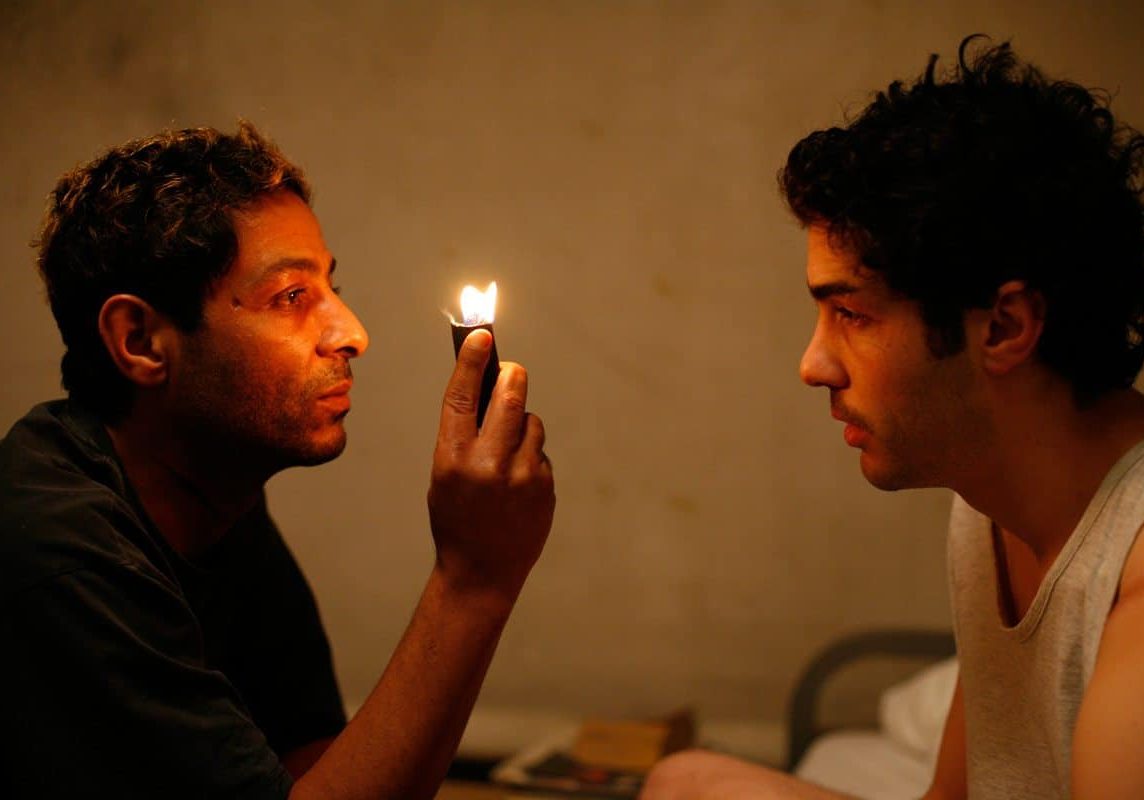
Past, Present & Future of Cinematography
Special Report / Part 3
There’s been a great deal of change during the time since British Cinematographer magazine first launched in 2004, so we asked leading cinematographers around the world to give us their takes on the past, present and future of this highly creative role in the filmmaking process…
First published in British Cinematographer magazine issue 65 - September 2014
- Roger Deakins CBE BSC ASC -
The Shawshank Redemption (1994), Fargo (1996), No Country for Old Men (2007), Skyfall (2012)
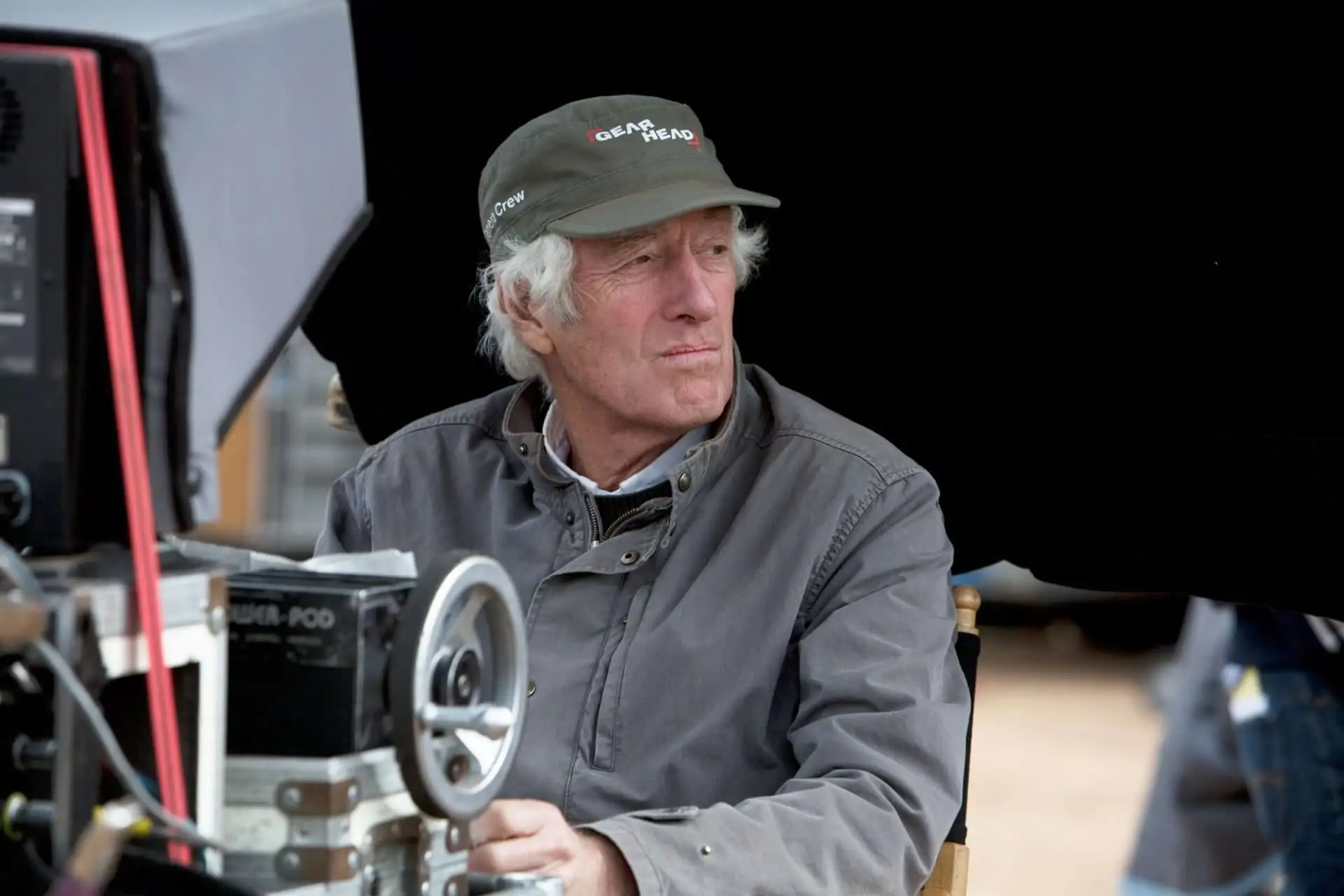
Q: In the last 10 years what has been the biggest change for you as a cinematographer?
A: The biggest technical changes for me as a cinematographer have been the move I have made into digital capture, and the evolution of digital effects work in post production. There are few films made today that don’t have some degree of effects work in them, and in many ‘live action’ films a majority of the imagery is now computer-generated.
Q: What do you feel are the biggest challenges facing cinematographers today?
A: The biggest challenge for a cinematographer in today’s world of filmmaking is to maintain a visual consistency, given that so much work is nowadays done in post.
Q: What are your thoughts on digital image quality vs. film?
A: I have a great love of film emulsion as well as the entire process of recording images on celluloid. In many ways I wish there were only film, however, that is not the real world. Digital acquisition has improved to a point where I feel the advantages outweigh the disadvantages but, frankly, that is irrelevant. The future of film is very limited and there is little alternative than to embrace digital capture, which I have been happy to do.
Q: What has been the most significant technological development in the last 10 years?
A: The digital intermediate has been with us for longer than 10 years but the latest advances in digital image timing have been quite significant.
Q: What developments would you like to see in the future?
A: Better scripts and producers who would like to make better films rather than more money.
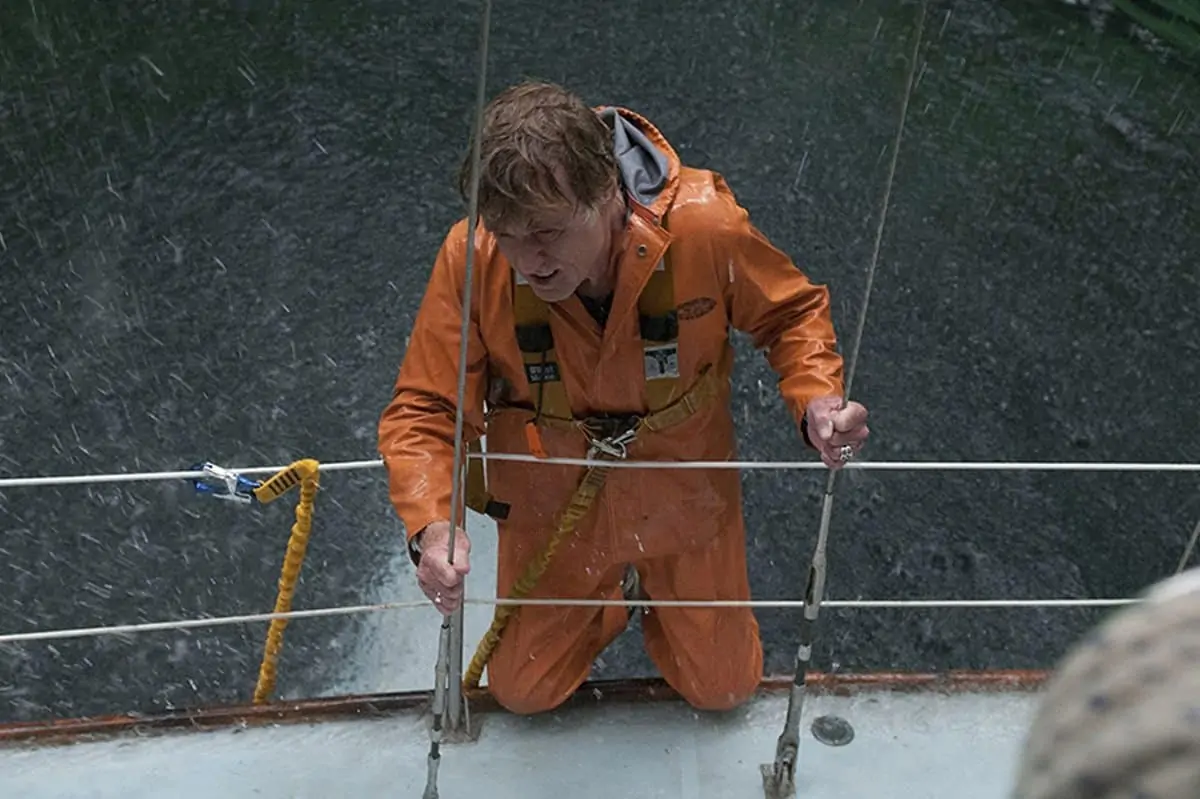
Q: What films, or which cinematographer’s work, have you been most impressed with in the last 10 years?
A: Incendies (2010) directed by Denis Villeneuve, with cinematographer André Turpin, was a film I loved. A Separation (2011, director Asghar Faradi, DP Mahmoud Kalari), A Prophet (2009, director Jacques Audiard, DP Stéphane Fontaine) (top picture) and All Is Lost (2013, director J.C. Chandor, DP Frank G. DeMarco) were quite brilliant. Four films made for less than the catering budget of many a blockbuster, but were far more engaging.
- Simon Duggan ACS -
I, Robot (2004), Die Hard 4.0 (2007), Knowing (2008), The Great Gatsby (2013)
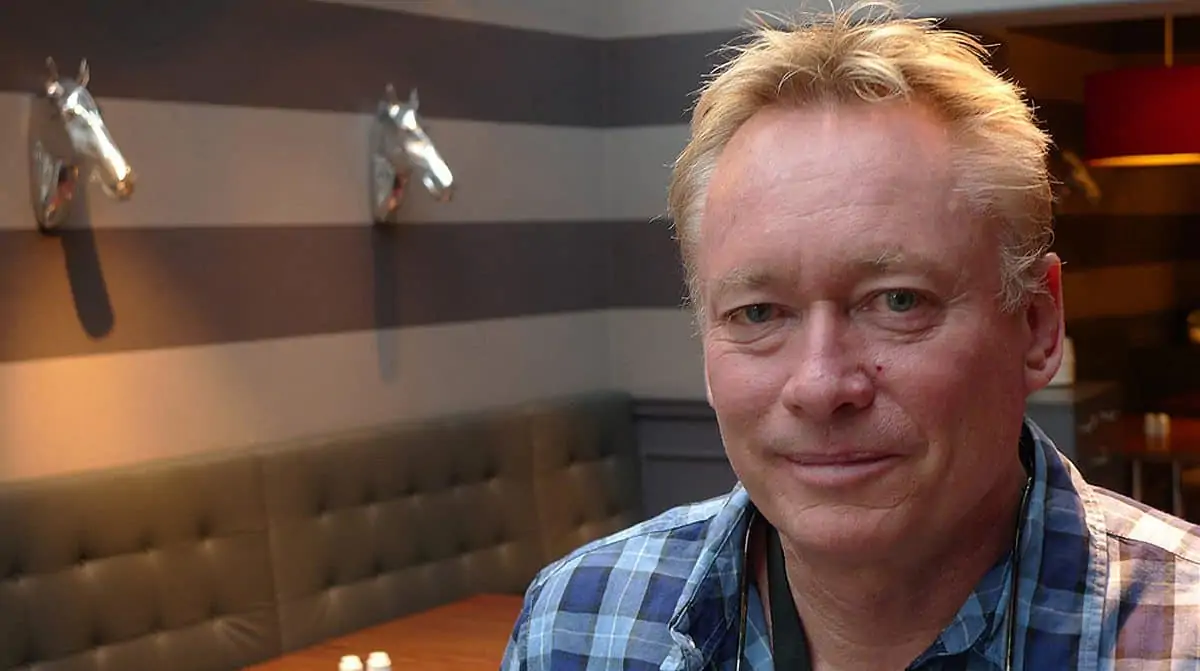
Q: In the last 10 years what has been the biggest change for you as a cinematographer?
A: The biggest change has been the advance in technology. There are far more tools to help us create imagery and in a much more efficient way. Over the last couple of years digital cameras have taken over. Lighting has advanced with very efficient and high output HMI and LED units. Telescopic cranes, stabilised remote heads, high-speed camera tracking vehicles and remote aerial cameras have become standard tools. Another area that has come a long way is CGI, and it now has a much larger role in manipulating and creating imagery, especially the advances in motion capture technology.
Q: What do you feel are the biggest challenges facing cinematographers today?
A: I don’t feel the basic creative challenges on a human level have changed that much. It is still a DP and crew working with the director and their vision of telling a story. But the scope of the visuals we can now create has expanded. There's a lot more CG being used to create imagery for environments, or CG characters which don’t exist in the real world, or for extending imagery beyond a physical set build that real actors are within. A cinematographer has to have a great technical and creative understanding of the post process.
Q: What are your thoughts on digital image quality vs. film?
A: I transitioned to digital quite quickly. It took the film Knowing (2009), shot with the first RED camera, for me to feel comfortable with digital image capture and I finally put down my light meters soon after. I love the look of celluloid and I soon found digital an even more flexible medium. I found I could still manipulate lighting to get the tone and colour contrast I loved with film, and also be able to shoot even softer, lower contrast images in extremely low light when desired. After several years working in the digital world, and now working with the most advanced digital cameras, I don’t know whether I would go back to shooting film again.
Q: What has been the most significant technological development in the last 10 years?
A: Obviously the transition from film to digital was a major one and we finally have extremely high definition cameras that can capture great imagery. Also the amount of affordable HD cameras has made filmmaking so much more accessible for all filmmakers.
Q: What developments would you like to see in the future?
A: I like anything that facilitates making our creative process more efficient. Digital cameras are just about as small as they need to get, there’s not a lot more miniaturisation necessary. Higher ISOs will allow even more freedom with smaller lighting packages and the ability to shoot in darker, ambient-lit night environments.
Lighting has come a long way with LED technology and will continue to improve. I like it when you can make lighting colour temp and intensity changes instantly, tweaking while the camera is rolling, whether through a dimmer desk or individual remote lamp control. I also appreciate being able to make quick lighting adjustments and turnarounds without slowing down the flow of the shoot. I love to be able to move a camera anywhere in three-dimensional space without restrictions, such as with the miniature Octocopter. I'm sure that drones like this will come into play much more as the programmable GPS software, stabilisation technology, reliability and safety features advance.
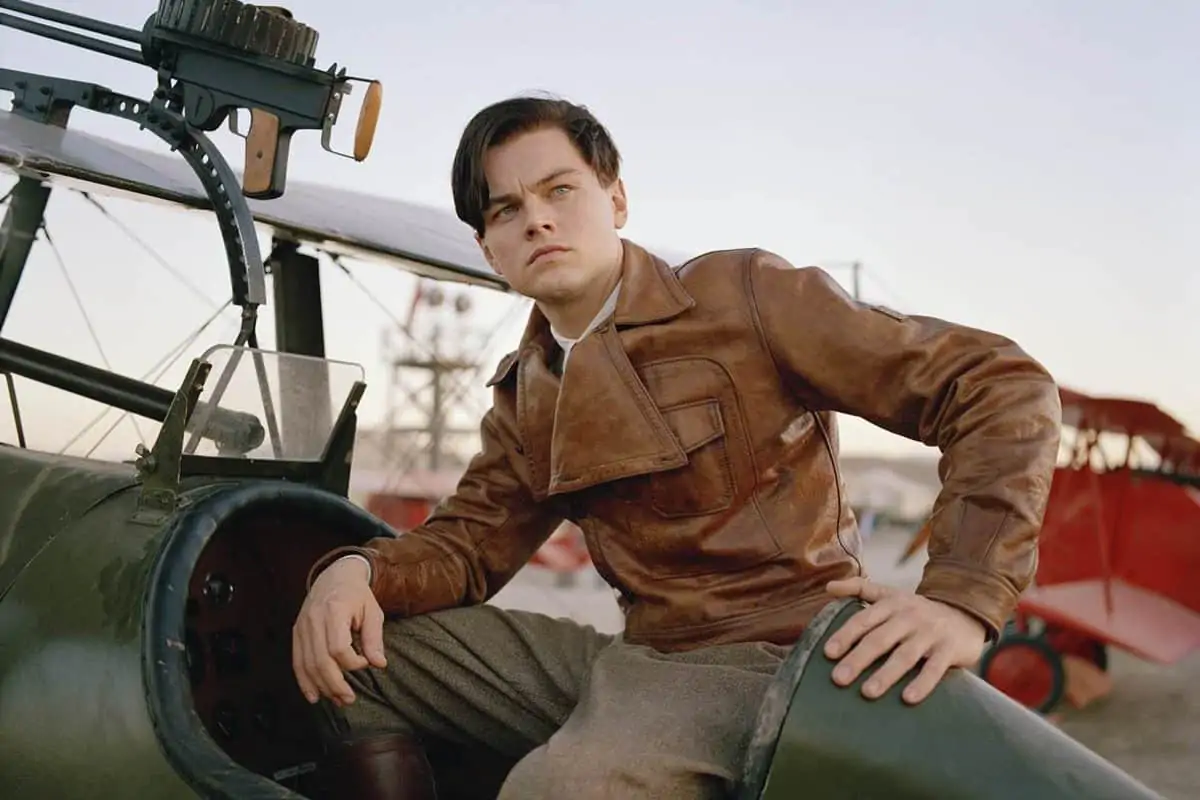
Q: What films, or which cinematographer’s work, have you been most impressed with in the last 10 years?
A: I am always impressed when I see a film where the imagery melds beautifully with the story and I know it’s mostly about the director and cinematographer’s relationship. A few cinematographers whose films I have admired over the last ten years are Emmanuel Lubezki, Roger Deakins, Robert Richardson, Janusz Kaminski and Rodrigo Prieto. Besides their individual talent they have all teamed up with great directors along the way.
- Roberto Schaefer ASC AIC -
Finding Neverland (2004), Stranger Than Fiction (2006), Quantum Of Solace (2008), The Paperboy (2012)
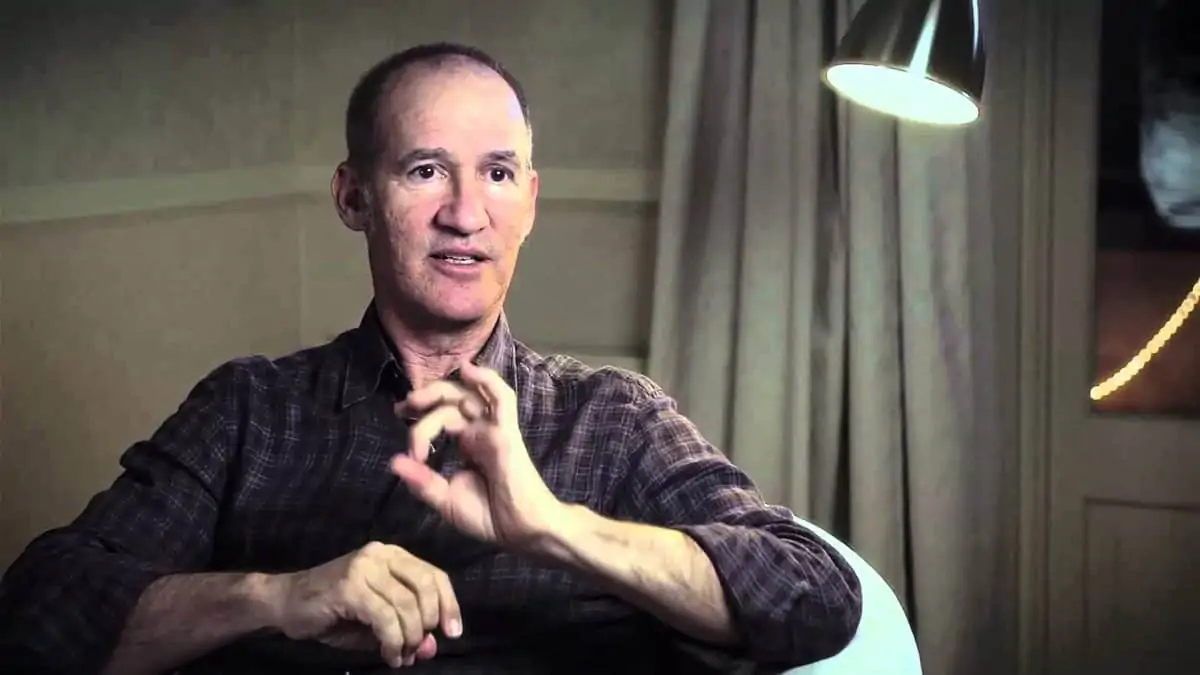
Q: In the last 10 years what has been the biggest change for you as a cinematographer?
A: Aside from the obvious shift to mostly digital acquisition, it is the residual effects from the new workflows. Starting at the top with producing companies run by accountants, who look for “fast and cheap” well before “good”, they use the foil of digital moviemaking to wrest away the importance and control that cinematographers once had – from telling us which cameras to use, who will be doing the post work, to taking the images that we create and manipulating and changing them. Even in the editorial suite they are taking our frames and repositioning, zooming-in, changing the colour decisions. The fact that it is so easy for anyone to change the images after capture makes it hard for any cinematographer to have real control over the final product.
Q: What do you feel are the biggest challenges facing cinematographers today?
A: Going along with my previous answer, it is trying to shoot something that will end up on the final screen the way we intended it. An additional challenge is that we are constantly being faced with is having to do productions in tax credit territories, when are usually told that we need to work with local crews. In many of these states, cities and countries there are few, if any, truly qualified personnel in camera, grip or electric. After having years of building relationships with very talented and dedicated partners, we are being forced, more often than not, to compromise our work and results due to tax credit and rebate chasing. This is rampant in the US currently.
Q: How do you feel digital compares to celluloid imagery and acquisition?
A: I don't want to come off as one who eschews digital or has any reticence to working that way. I do believe that shooting and finishing film allows us to better have the control that we intend over the images. Maybe you can correct less that way, but knowing that masters have done it like that for a century, and made some pretty amazing films, I don't see why we should be forced to abandon that. The clear answer is money. Yet so many times I've seen the perceived savings in digital get eaten up by overshooting and post expenses. There is still a perceptible difference in the final product. Sometimes the digital finish works as well, or better, for a particular film, often not.
Q: What developments would you like to see in the future?
A: I'd like to see the camera manufacturers put less emphasis on the bragging rights of how many "K's" their cameras can record and more on ergonomics and actual physical attributes of the cameras. I have seen too many digital cameras that are small to start with (and even the small size is unpractical for operating due to a complete lack of consideration for the human interface) and become ungainly behemoths once they are fitted out to actually be usable on set. One in particular looks like Frankenstein's monster had a child with an erector set. It is unbelievably cumbersome and absurd that it's necessary to do that much add on to have the thing be usable to shoot with.
Q: What has been the most significant technological development in the last 10 years?
A: The incredible advances in LED, plasma and other lighting sources are amazing.
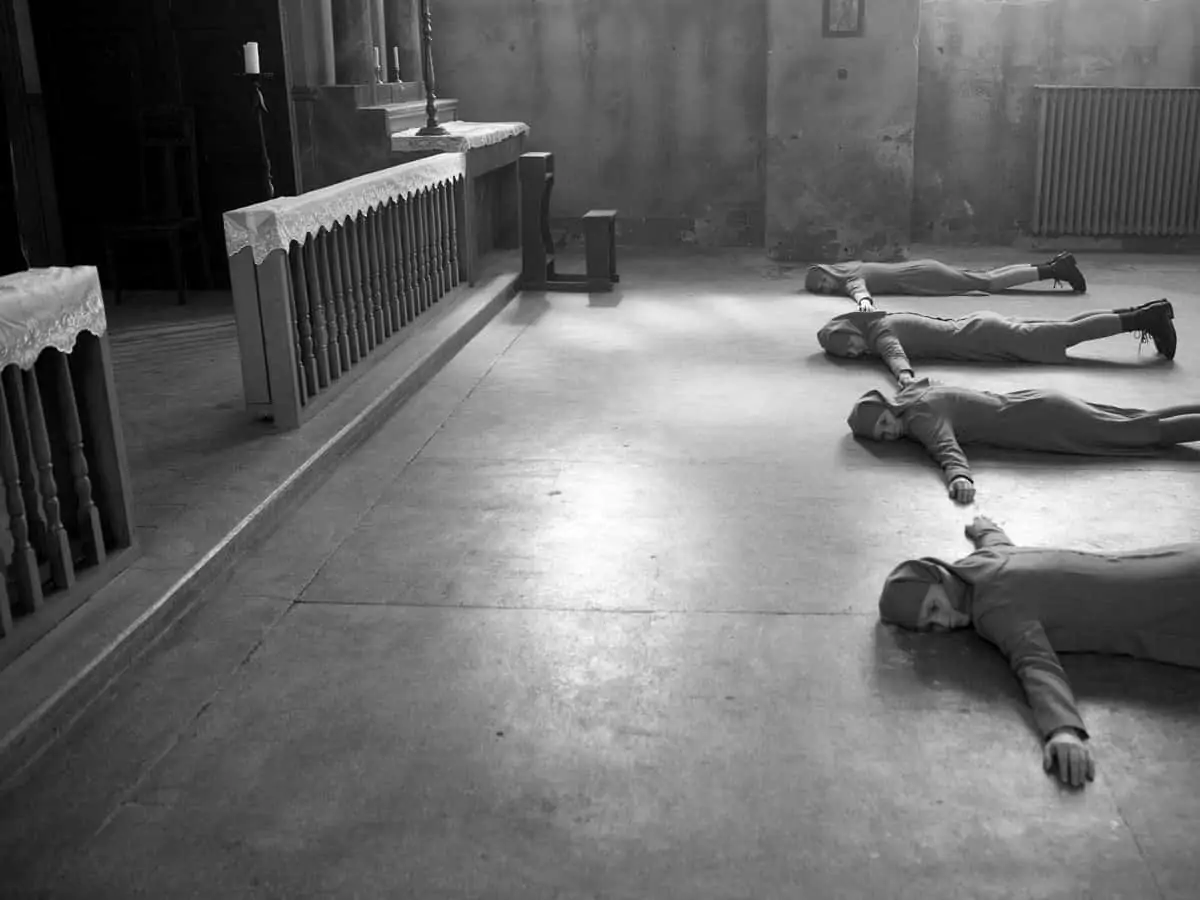
Q: What films, or which cinematographer’s work, have you been most impressed with in the last 10 years?
A: I honestly have found it difficult in the last five years or so to differentiate the cinematographer's work from that of the VFX department. I can't say that I agree with any of the more recent big awards for cinematography. I have been most impressed with small movies, digital or film, that have honest in-camera images. A movie like Ida (2013, DPs Ryszard Lenczewski and Lukasz Zal) is astounding in its simplicity and graphic beauty. I also loved Animal Kingdom (DP Adam Arkapaw) for its images and sheer honesty and how they worked so well with the storytelling. And in television Red Riding: In The Year Of Our Lord 1974 (2009, DP Rob Hardy BSC), shot on Super 16mm, is astounding, and as painful as the story is, the images are perfectly in tune, a real partner, to the telling of the story. I am always a fan of most anything that Robert Elswit ASC does. Now that my hero Gordon Willis ASC has passed away I must look for others who have the guts and taste that he possessed.
- John Mathieson BSC -
Gladiator (2000), Phantom Of The Opera (2004), X-Men: First Class (2011), The Man From U.N.C.L.E. (2014)
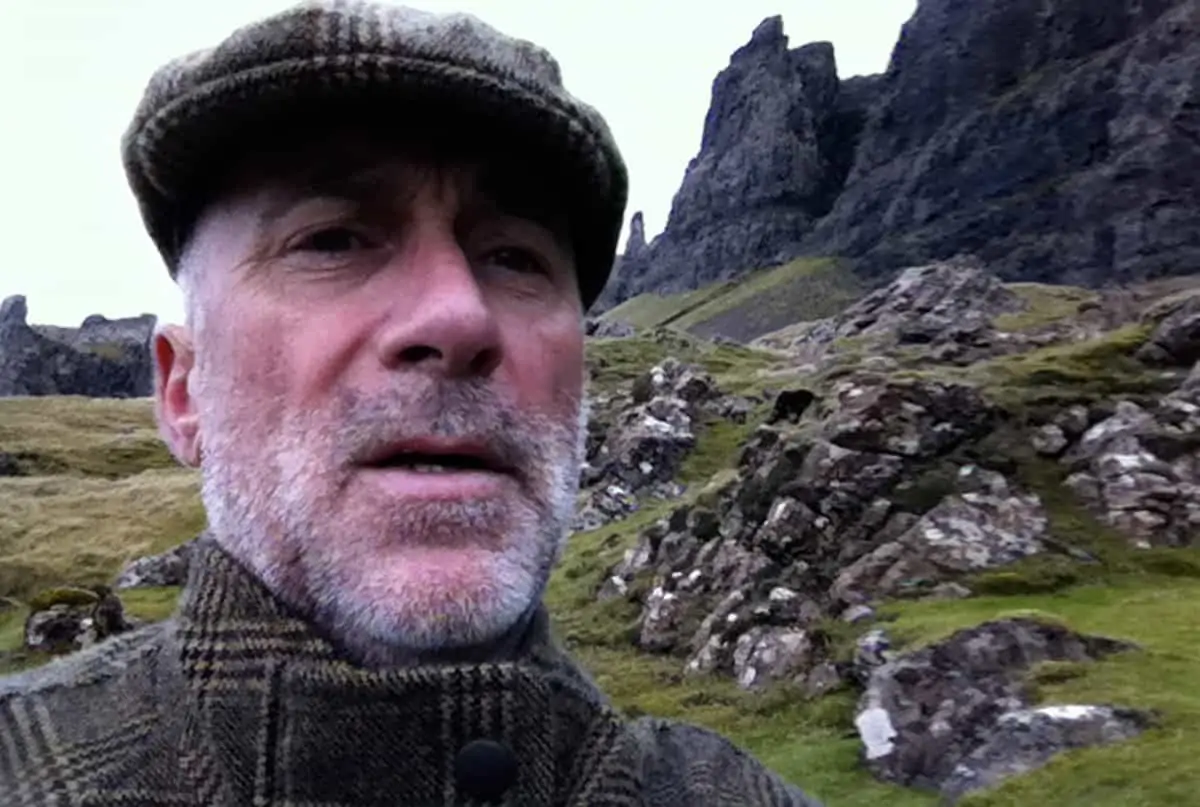
Q: In the last 10 years what has been the biggest change for you as a cinematographer?
A: It has to be the digital takeover. The skill or craftsmanship of the DP has diminished; you really don’t have to be as good as the generation before. In the past you could put your mark on a film with careful exposure, a particular stock, processing, lenses, colour balance, choice of gels and filters. It was your negative and what you did to it, and how you printed, was your choice.
Q: What do you feel are the biggest challenges facing cinematographers today?
A: To have authorship. So many DPs’ work looks the same, especially if they shoot digitally. To look at your images as a flat scan or RAW is frightening – they look like hell. LUTs and ‘film looks’ have no standard, and if you don’t have your timer or grader nearby there is no way they will know what you were trying to do. If they do know, and are left alone by producers, editors and the director, they will probably err on the side of caution and the images will not have your true flavour or grit. There is a real danger of anonymous authorship.
Q: What are your thoughts on digital image quality vs. film?
A: I think that’s obvious, digital is not new. I first shot HD with Sony Cameras and recorded digitally on to tape in 1987. I can’t understand this hysterical swing towards it. If you talk to graders many of them prefer film because they are able to colour the images with care and subtly that they are not able to digitally. You go to a DI suite with your RED rushes and the man at the front has put windows all over the image because he can’t grade the image as a whole. I think we should still call it video, for that’s what it still is – an electronic image. Everyone should stop taking about resolution, sharpness and peering at scopes, and the look at the damn pictures.
Q: What developments would you like to see in the future?
A: That digital or photochemical should remain the DP’s choice, with the blessing of the director. In 1992 I shot a film on BetaCam SP for John Maybury, because that is what he wanted; bright, unsophisticated, popping colours and that was the look of the picture we were making. When we shot a film a few years later we shot photochemically, because he wanted integrity in the range of colours that an electronic image wouldn’t deliver to him.
Q: What has been the most significant technological development in the last 10 years?
A: The ability to charge an iPhone from the RED camera whilst shooting. You see, digital isn’t all bad. I think it’s the DI suite is amazing. My favourite set up is the one at Technicolor, because they are film people at heart and their equipment has been custom-made for them. But I do still think it’s cheating and not letting you be a true photographic master or cinematographer, who would expose, print and be damned.
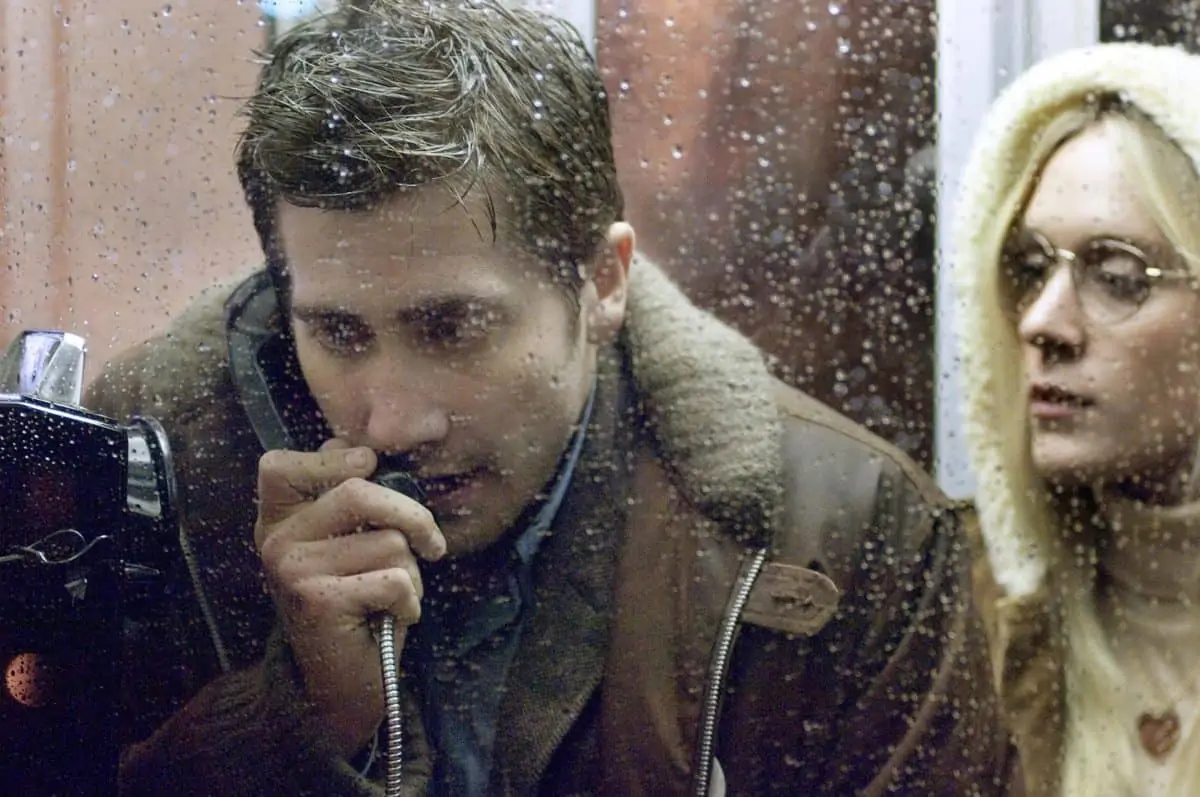
Q: What films, or which cinematographer’s work, have you been most impressed with in the last 10 years?
A: Harris Savides was a true photochemical genius, a master of the lab and the finished print – he made bold images by risking all. Darius Kondji has a magician’s touch. And, of course, Wally Pfister, who still is photochemical. I’ve heard he sends just three printer numbers to the rushes grader. How’s that for simplicity and being a true master of light?
>> Continue to Part 4 >>







